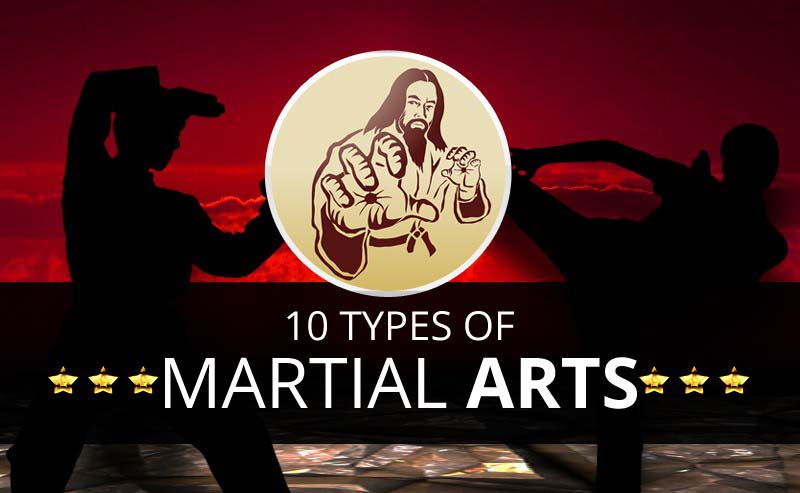A Historical Review And Development Of Martial Arts Around The World
A Historical Review And Development Of Martial Arts Around The World
Blog Article
Uploaded By- https://www.washingtonpost.com/sports/interactive/2022/youth-mixed-martial-arts/ have an interesting history that extends centuries and continents. You could find it intriguing exactly how old methods like Shuai Jiao and Kalaripayattu laid the groundwork for contemporary battle techniques. These self-controls not only highlight physical skills yet additionally show the cultures that birthed them. As you discover their advancement, take into consideration just how globalization has actually transformed these traditional types right into crossbreed styles. What kung fu classes for adults do you think have shaped today's martial arts landscape?
Ancient Martial arts: The Structures of Combat
As you explore the world of ancient martial arts, you'll discover the abundant foundations that shaped combat strategies throughout cultures. Early methods focused on Self-Defense and survival, usually integrating strikes, grappling, and weaponry.
In ancient China, for instance, strategies like Shuai Jiao emphasized tosses and joint locks, while India's Kalaripayattu showcased dexterity and fluid movement. Japanese samurai created Kenjutsu, a polished swordsmanship that highlighted discipline and approach.
These martial arts served not just for fight however also as a means of personal growth, instilling values like respect and willpower. The mixing of these strategies with time laid the groundwork for the diverse martial arts you see today, each reflecting the one-of-a-kind approaches and needs of its culture.
The Social Influence on Martial Arts Advancement
While martial arts commonly show the functional demands of a society, they additionally personify the cultural values and ideas of their beginnings. When you check out various martial arts, you'll discover how they're affected by religion, ideology, and social norms.
For example, the focus on respect and technique in Japanese martial arts stems from Zen Buddhism and samurai culture. In contrast, Brazilian Jiu-Jitsu advertises versatility and technique, shaped by the demand for performance in a varied, multicultural setting.
You might locate that the rituals, uniforms, and training methods reflect an area's history and identity. By recognizing these cultural influences, you deepen your recognition of martial arts and their duty fit human experiences around the world.
Modern Adaptations and the Globalization of Martial arts
Martial arts have changed substantially in recent years, adapting to modern society and worldwide influences. simply click the following site 'll notice that standard kinds have blended with modern-day techniques, producing hybrid styles like MMA. These adjustments cater to diverse target markets, making martial arts available and appealing worldwide.
With the surge of social media sites and digital platforms, you can discover tutorials and competitors from all corners of the world, damaging geographical barriers. This globalization has led to a common admiration for various disciplines, from Brazilian Jiu-Jitsu to Taekwondo.
As you engage with these arts, you'll understand they're not just about fight; they promote health and fitness, technique, and mental health.
Eventually, contemporary adaptations have enriched the martial arts landscape, making it a dynamic and evolving practice.
Final thought
In exploring the history and evolution of martial arts, you discover an interesting mix of methods, cultures, and viewpoints. From ancient techniques like Shuai Jiao and Kalaripayattu to the modern adaptability seen in MMA, martial arts reflect humankind's pursuit for Self-Defense and individual growth. As you involve with these methods, you not only acquire abilities yet additionally a deeper admiration for the diverse practices that shape our world today. So, continue your journey and accept the art of battle!
